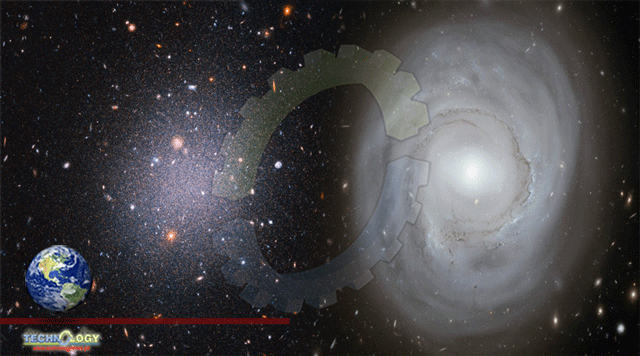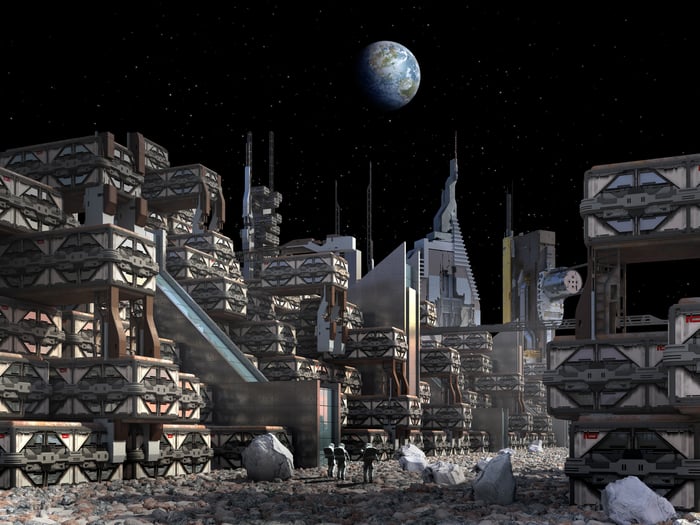PAKISTAN
DEMOTED TO ZOO'SEditorial
Published August 23, 2021 -
AS reported by this newspaper recently, the Punjab Forest, Wildlife and Fisheries Department has demoted to the status of zoos four erstwhile wildlife sanctuaries: the Loi Bher and Murree enclaves in the Islamabad/ Rawalpindi area, and one each in Bahawalnagar and Vehari. , there is sense in not continuing to throw good money after bad, so to speak, especially where the welfare of living beings is concerned. All four sanctuaries are in an extremely sad state of degradation, lacking proper facilities and protection for the animals, to say nothing of the absence of visitors. Referring to the Loi Bher and Murree sanctuaries in particular, the notification pointed out the dilapidated infrastructure and absence of water sources, insufficient staff, cages in an advanced state of disrepair (though wildlife parks ought not to have caged animals at all), and sparse numbers of animals and birds. Efforts have been made to improve these facilities, including the possibility of public-private partnerships, but to no avail.
In fact, it is worth asking whether zoos should be maintained at all in this country. The authorities are unable to properly care for the creatures entrusted to them, and not capable of attracting enough visitors to make the projects worthy. It was for these very reasons that the Islamabad High Court ordered the closure of the city’s Marghzar Zoo last year. That said, however, it is vital that the forestry department be fully aware of the very fine line it treads. Both the Loi Bher and Murree enclosures are large nature preserves in areas where land for development is increasingly scarce — and expensive. The former, for example, is abutted by the high-density Korang Town and other developments. There is already reason to worry about encroachments or land takeovers. The demotion of these parks must not pave the way for the eventual eradication of these reserves in favour of pecuniary concerns coupled with land shortages — especially not on the watch of a government that claims it has made environmental concerns a priority.
Published in Dawn, August 23rd, 2021
AS reported by this newspaper recently, the Punjab Forest, Wildlife and Fisheries Department has demoted to the status of zoos four erstwhile wildlife sanctuaries: the Loi Bher and Murree enclaves in the Islamabad/ Rawalpindi area, and one each in Bahawalnagar and Vehari. , there is sense in not continuing to throw good money after bad, so to speak, especially where the welfare of living beings is concerned. All four sanctuaries are in an extremely sad state of degradation, lacking proper facilities and protection for the animals, to say nothing of the absence of visitors. Referring to the Loi Bher and Murree sanctuaries in particular, the notification pointed out the dilapidated infrastructure and absence of water sources, insufficient staff, cages in an advanced state of disrepair (though wildlife parks ought not to have caged animals at all), and sparse numbers of animals and birds. Efforts have been made to improve these facilities, including the possibility of public-private partnerships, but to no avail.
In fact, it is worth asking whether zoos should be maintained at all in this country. The authorities are unable to properly care for the creatures entrusted to them, and not capable of attracting enough visitors to make the projects worthy. It was for these very reasons that the Islamabad High Court ordered the closure of the city’s Marghzar Zoo last year. That said, however, it is vital that the forestry department be fully aware of the very fine line it treads. Both the Loi Bher and Murree enclosures are large nature preserves in areas where land for development is increasingly scarce — and expensive. The former, for example, is abutted by the high-density Korang Town and other developments. There is already reason to worry about encroachments or land takeovers. The demotion of these parks must not pave the way for the eventual eradication of these reserves in favour of pecuniary concerns coupled with land shortages — especially not on the watch of a government that claims it has made environmental concerns a priority.
Published in Dawn, August 23rd, 2021















